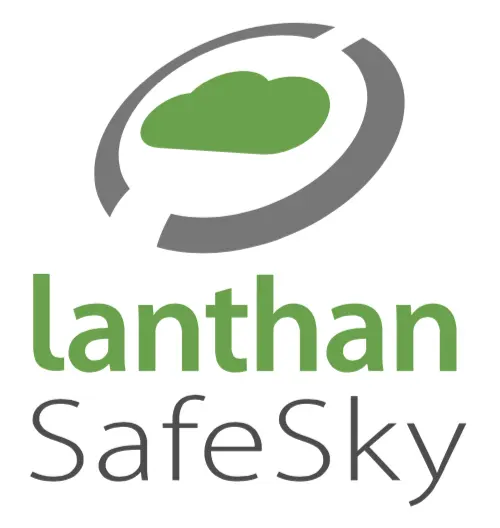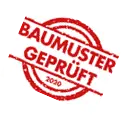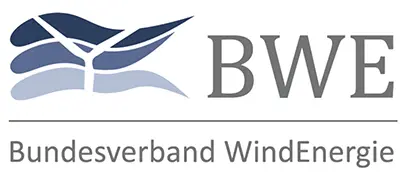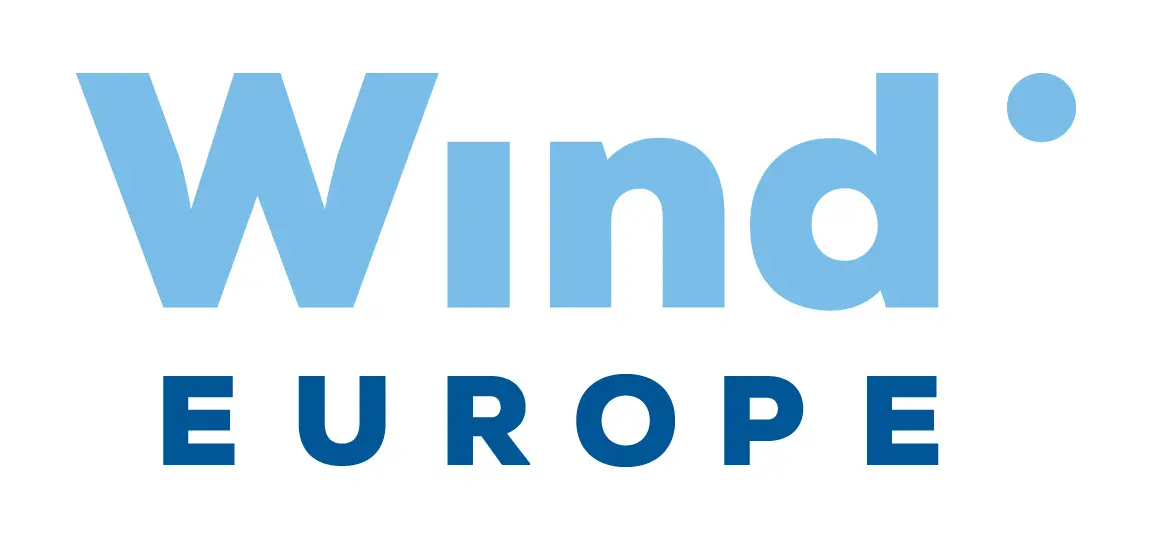Aircraft Detection Lighting System ADLS at Windpark Koningspleij
ADLS in the Netherlands: Interview with Thijs Afman and Luisa Niehenke from Prowind (wind farm Koningspleij)
What is your take on the future relevance of Renewables?
Thijs: Renewables are the future. If they were not, we wouldn’t be in the Renewable Energy sector. Renewables provide the answer to a lot of things, not only climate change, but also energy independence. They also come with economic benefits.
Can you tell us about your organization and your role?
Luisa: Prowind Germany was founded in 2000, starting out only with wind projects, which is still the core business, but we are also developing solar farms. We entered the Dutch market in 2017 and have been growing these past few years. The mother company now has 150 employees, 14 of which are in the Netherlands. I started at Prowind in January 2022 as an Asset Manager and as such am responsible for the Dutch operational assets. I have the helicopter view of technical operations management, contractual management, liquidity planning with finance managers, stakeholder management, and communication with all involved parties. In this context, I was also involved in the planning surrounding ADLS.
Thijs: I entered the wind energy sector in 2011 when I started a position with Enercon. In May 2022, I joined Prowind as Director in the Netherlands. I am an Electrical Engineer and hold a private pilot license. So, I have a double connection to ADLS, not just as an owner of a wind farm but also as a pilot. When it comes to Prowind and our mission, we are proud to have close relations with the surrounding communities and to share our assets with the community.
Location of wind farm: | city of Arnhem, Nieuwe Havenweg, 6827 BA Arnhem, The Netherlands |
Number of wind turbines: | Prowind B.V. has managed the development, financing and construction of this wind farm, consisting of in total 4 WTG’s with a installed capacity of 4.2MW each |
Total installed capacity: | 12.6MW Pleij B.V. plus 4.2MW Raedthuys |
ADLS activated since: | March 2024 |
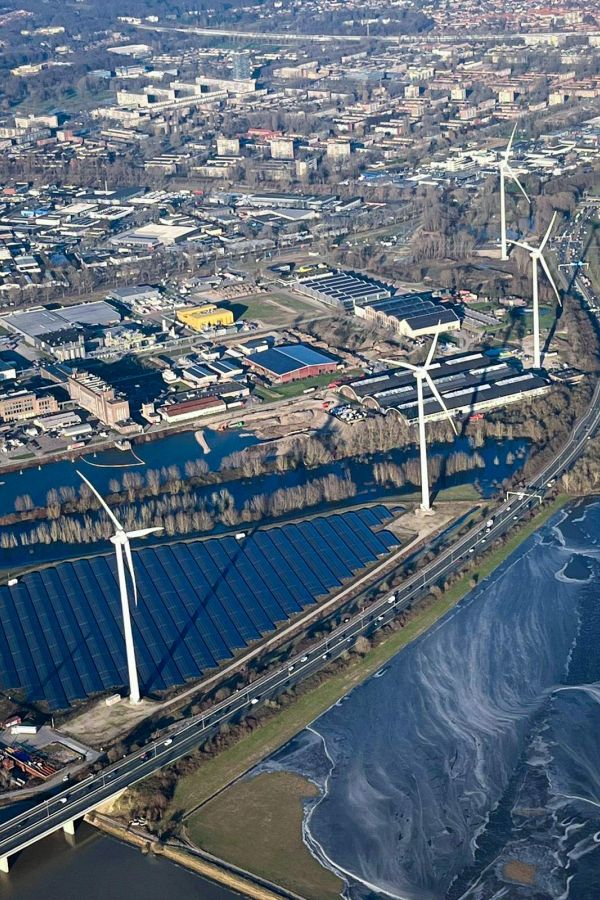
Does the closeness to the community make ADLS especially relevant for your wind farm?
Luisa: It certainly does. What is special about this wind farm is that it is in an urban area, in the city of Arnhem. So, all eyes are on the turbines. We were always very vocal about our plan to install an Aircraft Detection Lighting System as an acceptance-enhancing measure. We were also one of the first wind farm operators to go through this process with the ILT. It took quite some time because it was new for us as well as for them, but we were working in the same direction with a common goal. The ADLS is now covering all four turbines, three of which are being operated by us together with Rijn en Ijssel Coöperatie.
Thijs: We are also close to an airfield of the Airforce, so we had to do extra studies. It is also the first ADLS in the province of Gelderland, which was also quite special. We get a lot of appreciation for our efforts to keep light pollution from the residents, which is a basic principle of ours: As Prowind we care about our project neighbors, even if there are some costs involved.
What was your first impression when you heard about ADLS?
Luisa: I did not know too much about the system before we decided to install it, but I talked to our technical operations in Germany about it. The main goal for them was to have it installed in a timely manner, due to the mandatory legal background and to avoid penalty payments. Flight adapted lighting has been a major issue for our German wind farms for several years already due to the mandatory legal background. Getting the relevant systems up and running on time was quite a challenge for our operations management.
Thijs: I first heard about it in 2013. In the Netherlands, it took a long time until the authorities approved it even as a possibility. Wind farm Krammer was a good start, but before the general approvement it took years. It was frustrating to developers but also to people living nearby that it took so long.
photo by Prowind
What was the feedback from the residents?
Thijs: Especially in the participation process with residents, this topic is one of the most important ones. They tell us directly that this needs to be addressed for them to support the project. What they say is essentially: “You have to have a system in place that stops the disturbance from light.“
Can you tell us about your collaboration with LSS?
Luisa: My first contact with LSS was via LSS Project Manager Carmen Baumann, who I experienced as a reliable, experienced person. The entire project planning phase was a thoroughly positive experience for both sides. One highlight was when Jochen Fuglsang-Petersen, Lanthan Safe Sky’s Head of Technology, who stepped into the process later-on, came over and joined us for the test flight, given that he is also a pilot.
Thijs: Indeed, it was quite an extensive test flight and a new experience for everyone involved, but it went well.
„We get a lot of appreciation for our efforts to keep light pollution from the residents.“
– Thijs Afman
Any constructive criticism? Where do you still see room for improvement?
Luisa: The ground level transponder test was quite a challenge and there are still some hiccups when it comes to receiving signals, but we are on a good path and Carmen really helped us speed up the process. There were also questions coming from the residents, especially during the summer months, why the lights were still on. So, when it comes to the perception of the public, there were eyes on the system and pressure to get it done. But we made the same experience with another supplier in Germany, the mobile network connection is not as stable as a broadband connection.
Can you imagine another collaboration with LSS going forward?
Thijs: Sure, if the price is right (laughs). But on a more serious note: If we could install it again, we would focus on reliability from the very beginning and how we can make sure to get it right the first time as well as making the process a bit smoother.
Luisa: Another critical point is of course how easily it will pass the approval process because there are some deviations from the German process. Having a pilot on the LSS team helped a lot to sort things out with the authorities in such a learning experience, which will help with future projects.
“And the most important part: In the end, it is always about people.”
– Thijs Afman
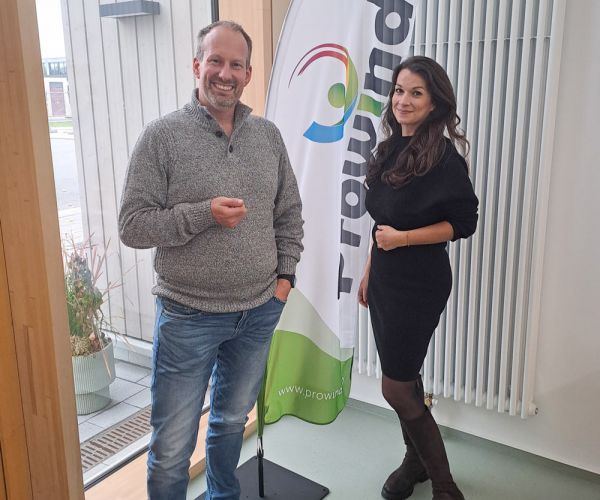
What is your view of the future of ADLS in the Netherlands as well as globally?
Thijs: As of now, the system is still new here, but I am convinced it will become a standard feature in a wind turbine like a shadow flicker shutoff system.
If other operators are now interested in equipping their wind farms with ADLS, what words of advice do you have for them?
Thijs: Some very pragmatic advice: Make sure you use optic fiber connections because it is more reliable instead of RF communication between components. Take your time for the process and make sure you establish a good relationship with the authorities, which makes life a lot easier. And the most important part: In the end, it is always about people.
Thank you, Thijs and Luisa for sharing your experiences and insights with us!
